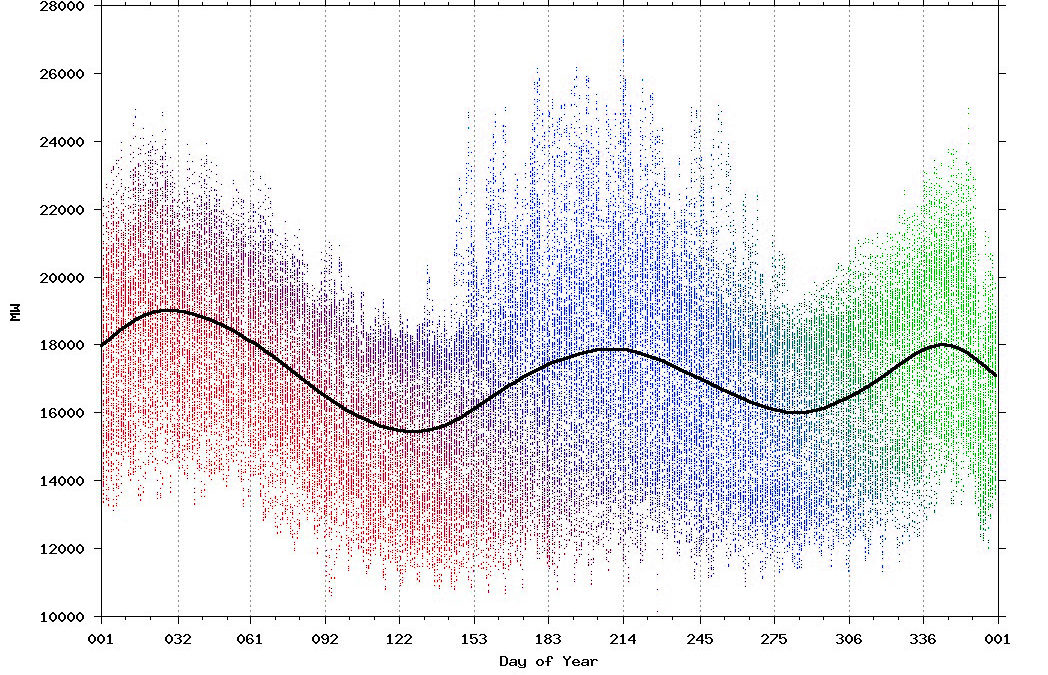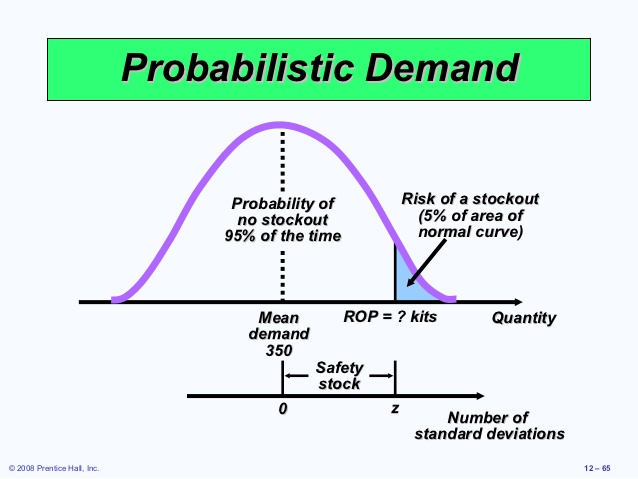Supply chain management involves planning and implementation. Demand planning, based on a statistical projection, evaluates inventory, marketing, and demand-influencing factors and defines where to distribute products to fulfill the anticipated demand. Usually kicks off the planning side of SCM.
To increase the precision of the demand forecasts utilized in the supply chain, companies invest a lot of time and money in forecasting activities. The objectives of a precise demand plan and a lean supply chain process may be hampered by a bad process design.
Learn industry best practices on how to improve demand planning and create supply chain efficiencies.

Managing Demand Variability
Anybody doing the job knows that managing inventory can be stressful. Common stressors include: Customers with “special” requests, IT departments with other priorities, balky ERP systems running on inaccurate data, raw material shortages, suppliers with long lead times in far-away countries where production often stops for various reasons and more. This note will address one particular and ever-present source of stress: demand variability.

Reveal Your Real Inventory Planning and Forecasting Policy by Answering These 10 Questions
In this blog, we review 10 specific questions you can ask to uncover what’s really happening with the inventory planning and demand forecasting policy at your company. We detail the typical answers provided when a forecasting/inventory planning policy doesn’t really exist, explain how to interpret these answers, and offer some clear advice on what to do about it.

Key Considerations When Evaluating your ERP system’s Forecasting Capabilities
Consider what is meant by “demand management”, “demand planning”, and “forecasting”. These terms imply certain standard functionality for collaboration, statistical analysis, and reporting to support a professional demand planning process. However, in most ERP systems, “demand management” running MRP and reconciling demand and supply for the purpose of placing orders

The Top 5 Myths about Demand Planning Implementations
We just need to feed our demand histories into our new statistical methods, and we can start planning more effectively. Not quite: it’s about the technology and the process. You are investing in a new business process to develop forecasts for driving business strategy and inventory planning decisions.

How to Tell You Don’t Really Have an Inventory Planning and Forecasting Policy
You can’t properly manage your inventory levels, let alone optimize them, if you don’t have a handle on exactly how demand forecasts and stocking parameters (such as Min/Max, safety stocks, and reorder points, and order quantities) are determined. Many organizations cannot specify how policy inputs are calculated or identify situations calling for management overrides to the policy. If you have these problems, you may be wasting hundreds of thousands to millions of dollars each year in unnecessary shortage costs, holding costs, and ordering costs.

The 3 levels of forecasting: Point forecasts, Interval forecasts, Probability forecasts
There are three possible types of forecasts that can be used in demand and inventory planning processes. Point forecasting, interval forecasting, and probabilistic forecasting. Each type of forecast offers progressively more information to inventory managers that will enhance the planning process. In this video blog, Dr. Thomas Willemain explains the differences and highlights the advantages that probabilistic forecasting offers. In summary, knowing more is always better than knowing less and the probability forecast provides additional information that is crucial for inventory planning.
Problem
An accurate forecast is a critical supply chain driver, but many organizations have a limited view of what comes next. Forecasts developed by sales teams or customers are often inaccurate and biased toward sales goals or budgets. Forecasts are often provided only at aggregate levels leaving unspecified which items will be at which locations. Planning teams are left to interpret sales figures and convert them into actionable forecasts of the item mix. Incorporating sales feedback, determining which decades old forecast model to use, managing the consensus forecast process, and tracking forecast accuracy are manual processes. They are often managed in complex spreadsheets that are difficult to use, share and scale, and don’t account important features of demand such as seasonality and trend.
Solution
Register to Watch the Demo

Accurate Demand Forecasts
Capture trend and seasonality
Predict range of future demand
Flag exceptions
Cleanse historical data

Operational Consensus
Collaborate with key stakeholders
Review at any level of hierarchy
Apply overrides and achieve consensus

Consistent Repeatable Process
Common system
No spreadsheets
Embed and reuse forecast rules
Monitor accuracy and fine-tune
Who is Smart Demand Planner for?
- Demand Planners.
- Forecast Analysts.
- Material & Inventory Planners.
- Operational Research Professionals.
- Sales Analysts.
- Statistcally Minded Executives.
What questions can Smart Demand Planner answer?
- What is my short and long term demand most likely to be?
- Which areas of the business and products are trending?
- What is the forecast at different levels of my hierarchy (customer, item, family)?
- What is the likely range of future demand?
- Which forecasts need to be reviewed (exception reporting)?
- What is our forecast error (accuracy) for each item, group, overall?
- Are forecast overrides adding value to the process?
What can Smart Demand Planner do?
-
Accurately forecast demand for thousands of items in any unit of measure, powered by the SmartForecasts® engine.
- Capture trends, seasonal, and cyclical patterns at any level.
- Outlier detection and correction to enhance the quality of historical data.
- Identifies “causal” factors such as price and economic data and models their impact on demand.
- Patented Intermittent Demand Planning via APICS award winning “Bootstrapping” technology.
- Create forecasts at any level of the hierarchy – customer, item, product groups, regions.
- Share forecasts with internal and external stakeholders such as sales and suppliers.
- Apply, document, and track forecast overrides.
- Quantify the impact that promotions will have on future demand.
- Apply user defined forecasting methods and rules.









